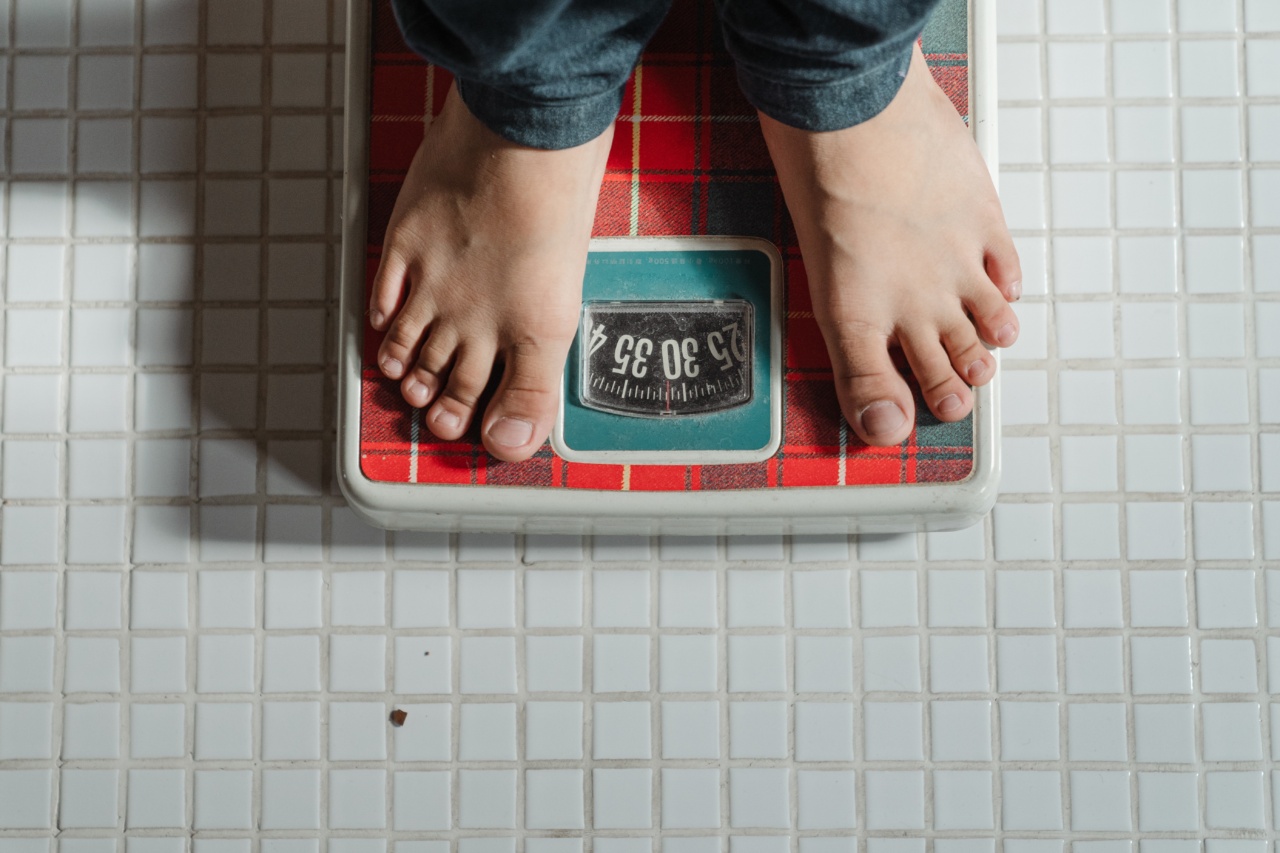Clamp control disorders refer to a group of conditions that affect a child’s ability to control their bowel movements, leading to issues such as diarrhea.
These disorders can have a significant impact on a child’s life and overall well-being. Understanding the link between clamp control disorders, diarrhea, and embodiment in children is crucial for effective diagnosis, management, and treatment.
What Are Clamp Control Disorders?
Clamp control disorders, also known as fecal incontinence or encopresis, are conditions that result in the involuntary loss of bowel control in children.
It often presents as uncontrolled bowel movements, including diarrhea, that occur without the child’s knowledge or control. This can lead to embarrassment, social isolation, and adversely affect the child’s quality of life.
Symptoms and Causes
The symptoms of clamp control disorders vary but can include consistent loss of bowel control, bathroom accidents, staining of underwear or clothing, and withholding bowel movements.
While the definitive cause of clamp control disorders is unknown, several factors contribute to the development of these conditions.
One common cause is chronic constipation. When children withhold their bowel movements due to fear or pain associated with passing stools, it can lead to a buildup of stool in the colon.
This buildup can stretch the rectum, weakening the muscles responsible for maintaining continence, and result in clamp control disorders.
Other potential causes include physical abnormalities in the colon or rectum, neurological disorders, and emotional or psychological factors. Understanding the underlying cause is essential for proper diagnosis and effective treatment.
Link to Diarrhea
Diarrhea often accompanies clamp control disorders in children. The presence of diarrhea further complicates the condition as it adds urgency and difficulty in controlling bowel movements.
Diarrhea can be triggered by various factors, including dietary changes, infections, and certain medications.
In children with clamp control disorders, diarrhea can exacerbate symptoms. It presents challenges in achieving bowel control and maintaining a consistent routine for managing the condition.
Additionally, diarrhea can cause skin irritation and discomfort, further impacting a child’s embodiment and overall well-being.
Embodiment and Clamp Control Disorders
Embodiment refers to an individual’s subjective experience of their own body. It encompasses how a person perceives, relates to, and feels within their physical self.
Children with clamp control disorders often face difficulties in terms of their embodiment, as they may feel a lack of control over their bodily functions.
Embodiment issues can manifest in various ways, including feelings of shame, embarrassment, and decreased self-esteem.
Children with clamp control disorders may experience social isolation due to concerns about having accidents in public or fear of judgment from peers. These negative experiences can have long-lasting effects on a child’s emotional well-being and overall development.
Treatment and Management
Effective treatment of clamp control disorders involves a multidisciplinary approach. It often includes a combination of medical interventions, behavioral therapies, and dietary modifications.
The treatment plan will depend on the underlying cause and severity of symptoms.
Behavioral interventions such as toilet training, scheduled bathroom breaks, and positive reinforcement techniques are commonly employed. Medications may be prescribed to address constipation or manage diarrhea.
In some cases, surgical procedures may be necessary to repair physical abnormalities contributing to the condition.
Supportive care is also vital in managing embodiment issues and the emotional impact clamp control disorders can have on children.
Counseling and support groups can provide children and their families with the necessary tools to cope with the condition and improve their overall well-being.
Conclusion
Understanding the link between clamp control disorders, diarrhea, and embodiment in children is crucial for effective diagnosis, treatment, and management.
By recognizing the interplay between these factors, healthcare professionals can provide comprehensive care that addresses the physical, emotional, and social aspects of these conditions. With a holistic approach, children with clamp control disorders can lead fulfilling lives and navigate their experiences with greater confidence and well-being.































